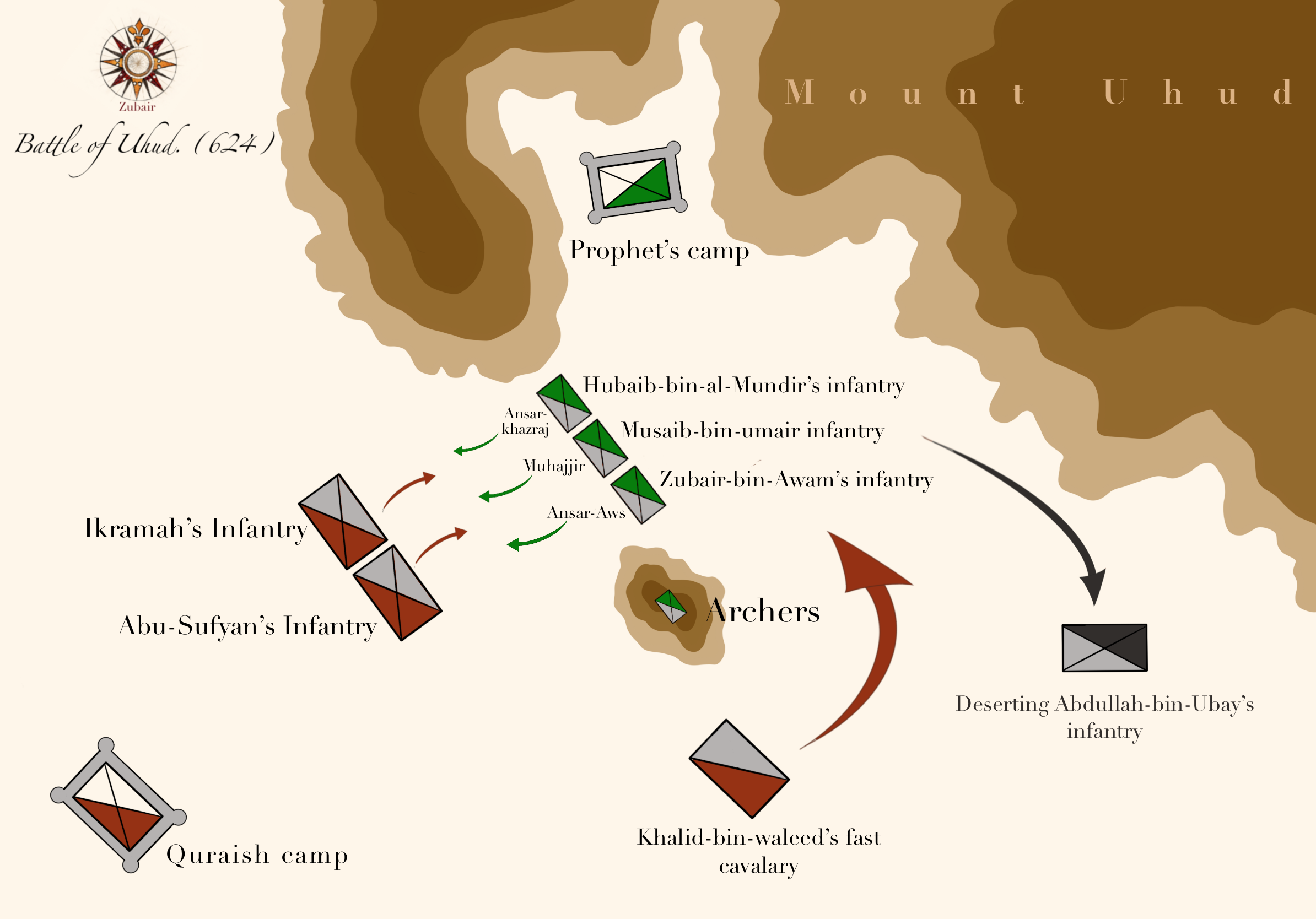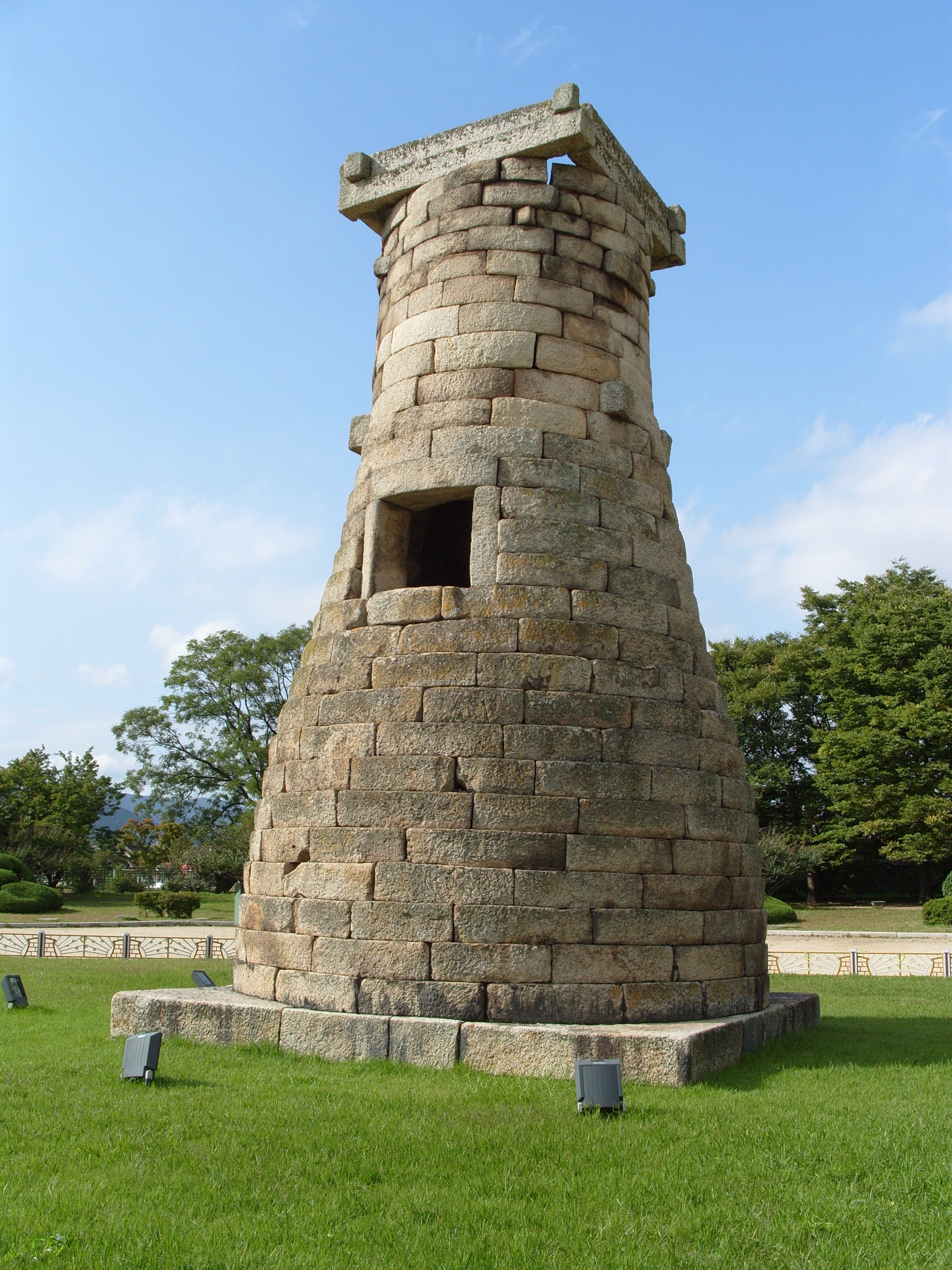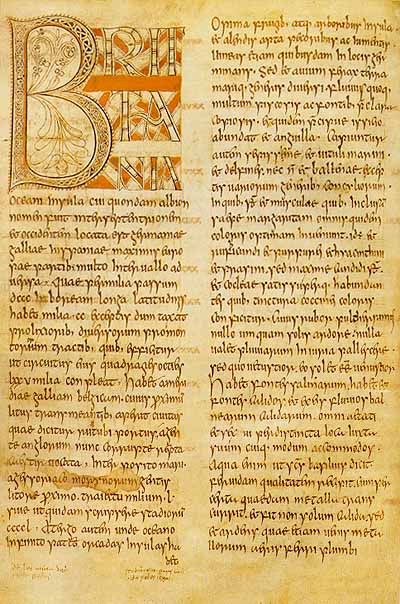|
630s
The 630s decade ran from January 1, 630, to December 31, 639. Significant people * Abu Bakr * Ali * Khalid ibn al-Walid * Muhammad * Queen Seondeok of Silla Queen Seondeok ( ; ? – ; day of the lunar month of the year of Inpyeong []) reigned as Queen Regnant of Silla, one of the Three Kingdoms of Korea, from 632 to 647. She was Silla's List of monarchs of Korea, twenty-seventh ruler, and its ... * Yazdegerd III References Sources * Agha Ibrahim Akram, Akram, Agha Ibrahim ''The Sword of Allah'': ** ** ** * * * * * * {{DEFAULTSORT:630s ... [...More Info...] [...Related Items...] OR: [Wikipedia] [Google] [Baidu] |
Abu Bakr
Abd Allah ibn Abi Quhafa (23 August 634), better known by his ''Kunya (Arabic), kunya'' Abu Bakr, was a senior Sahaba, companion, the closest friend, and father-in-law of Muhammad. He served as the first caliph of the Rashidun Caliphate, ruling from 632 until his death in 634. Abu Bakr was granted the honorific title ''al-Ṣiddīq'' (lit. the Veracious) by Muhammad, a designation that continues to be used by Sunni Muslims to this day. Born to Abu Quhafa and Umm al-Khayr of the Banu Taym, Abu Bakr was amongst the Early Muslims, earliest converts to Islam and propagated dawah to the Mushrikites. He was considered the first Da'i, Muslim missionary as several companions of the Prophet, companions of Muhammad converted through Abu Bakr. He accompanied Muhammad on his Hegira, migration to Medina and became one of his Haras (unit), bodyguards. Abu Bakr participated in all of List of expeditions of Muhammad, Muhammad's campaigns and served as the first in 631. In the absence of Muha ... [...More Info...] [...Related Items...] OR: [Wikipedia] [Google] [Baidu] |
Khalid Ibn Al-Walid
Khalid ibn al-Walid ibn al-Mughira al-Makhzumi (; died 642) was a 7th-century Arabs, Arab military commander. He initially led campaigns against Muhammad on behalf of the Quraysh. He later became a Muslim and spent the remainder of his career serving Muhammad and the first two Rashidun caliphs: Abu Bakr and Umar. Khalid played leading command roles in the Ridda Wars against rebel tribes in Arabia in 632–633, the Muslim conquest of Persia#First invasion of Mesopotamia (633), initial campaigns in Sasanian Iraq in 633–634, and the Muslim conquest of the Levant, conquest of Byzantine Syria in 634–638. As a horseman of the Quraysh's aristocratic Banu Makhzum clan, which ardently opposed Muhammad, Khalid played an instrumental role in defeating Muhammad and his followers during the Battle of Uhud in 625. In 627 or 629, he converted to Islam in the presence of Muhammad, who inducted him as an official military commander among the Muslims and gave him the title of (). During th ... [...More Info...] [...Related Items...] OR: [Wikipedia] [Google] [Baidu] |
Muhammad
Muhammad (8 June 632 CE) was an Arab religious and political leader and the founder of Islam. Muhammad in Islam, According to Islam, he was a prophet who was divinely inspired to preach and confirm the tawhid, monotheistic teachings of Adam in Islam, Adam, Noah in Islam, Noah, Abraham in Islam, Abraham, Moses in Islam, Moses, Jesus in Islam, Jesus, and other Prophets and messengers in Islam, prophets. He is believed to be the Seal of the Prophets in Islam, and along with the Quran, his teachings and Sunnah, normative examples form the basis for Islamic religious belief. Muhammad was born in Mecca to the aristocratic Banu Hashim clan of the Quraysh. He was the son of Abdullah ibn Abd al-Muttalib and Amina bint Wahb. His father, Abdullah, the son of tribal leader Abd al-Muttalib ibn Hashim, died around the time Muhammad was born. His mother Amina died when he was six, leaving Muhammad an orphan. He was raised under the care of his grandfather, Abd al-Muttalib, and paternal ... [...More Info...] [...Related Items...] OR: [Wikipedia] [Google] [Baidu] |
Queen Seondeok Of Silla
Queen Seondeok ( ; ? – ; day of the lunar month of the year of Inpyeong []) reigned as Queen Regnant of Silla, one of the Three Kingdoms of Korea, from 632 to 647. She was Silla's List of monarchs of Korea, twenty-seventh ruler, and its first reigning queen. She was the second female sovereign in recorded East Asian history and encouraged a renaissance in thought, literature, and the arts in Silla. In the '' Samguk sagi'', Queen Seondeok was described as "generous, benevolent, wise, and smart". According to the Legend of Jigwi, she was also beautiful. She developed Buddhist culture, selected great talent, and established diplomacy with the Tang dynasty, laying the foundation for the unification of the Three Kingdoms of Korea. Queen Seondeok is known as a wise and kind monarch, making her one of the most prominent monarchs in Korean history. Titles In texts, Queen Seondeok is indicated not only as ''Seondeok yeowang'' (), but also as ''Seondeok wang'' (), ''Seondeok y ... [...More Info...] [...Related Items...] OR: [Wikipedia] [Google] [Baidu] |
Yazdegerd III
Yazdegerd III (also Romanized as ''Yazdgerd'', ''Yazdgird'') was the last Sasanian Empire, Sasanian King of Kings from 632 to 651. His father was Shahriyar (son of Khosrow II), Shahriyar and his grandfather was Khosrow II. Ascending the throne at the age of eight, the young shah lacked authority and reigned as a figurehead, whilst real power was in the hands of the army commanders, courtiers, and powerful members of the aristocracy, who engaged in internecine warfare. The Sasanian Empire was weakened severely by these internal conflicts, resulting in invasions by the Göktürks from the east, and Khazars from the west. Yazdegerd was unable to contain the Muslim conquest of Persia, Rashidun conquest of Iran, and spent most of his reign fleeing from one province to another in the vain hope of raising an army. Yazdegerd met his end at the hands of a miller near Merv, Marw in 651, bringing an end to the last pre-Islamic Iranian empire after more than 400 years of rule. Etymology Th ... [...More Info...] [...Related Items...] OR: [Wikipedia] [Google] [Baidu] |
Agha Ibrahim Akram
Agha Ali Ibrahim Akram (22 September 1923 — 4 March 1989) better known as A. I. Akram, was a Pakistani former three-star rank general, military strategist, historian, diplomat, and one of Pakistan's most influential military historians. In the 1980s, Akram was a well-known defence expert and defence analyst. His most popular work was his biography of Khalid ibn al-Walid, ''The Sword of Allah'', which he published while serving in the Pakistan Army. For several years, it was compulsory reading in the Pakistan Army for admission into the Command and Staff College Quetta and has been on the leadership syllabus in the Malaysian Army. Akram was once seen as a close confidant and conceptual adviser of President Zia-ul-Haq. He served in several key positions including as Pakistan's Permanent Military Representative to CENTO in Ankara, sixth Colonel Commandant of the Frontier Force Regiment, Deputy Martial Law Administrator of Zone F ( NWFP) under President Yahya Khan and Preside ... [...More Info...] [...Related Items...] OR: [Wikipedia] [Google] [Baidu] |
Ecclesiastical History Of The English People
The ''Ecclesiastical History of the English People'' (), written by Bede in about AD 731, is a history of the Christian Churches in England, and of England generally; its main focus is on the growth of Christianity. It was composed in Latin, and is believed to have been completed in 731 when Bede was approximately 59 years old. It is considered one of the most important original references on Anglo-Saxon history, and according to some scholars has played a key role in the development of an English national identity. Overview The , or ''An Ecclesiastical History of the English People'', is Bede's best-known work, completed in about 731. The first of the five books begins with some geographical background and then sketches the history of England, beginning with Julius Caesar's invasion in 55 BC. A brief account of Christianity in Roman Britain, including the martyrdom of St Alban, is followed by the story of Augustine's mission to England in 597, which brought Christianity to the ... [...More Info...] [...Related Items...] OR: [Wikipedia] [Google] [Baidu] |
History Of The Prophets And Kings
The ''History of the Prophets and Kings'' ( ''Tārīkh al-Rusul wa al-Mulūk''), more commonly known as ''Tarikh al-Tabari'' () or ''Tarikh-i Tabari'' or ''The History of al-Tabari '' () is an Arabic-language historical chronicle completed by the Muslim historian Muhammad ibn Jarir al-Tabari (225–310 AH, 838–923 AD) in 915 AD. It begins with creation, and charts Muslim and Middle Eastern history from the myths and legends associated with the Old Testament through to the history of the Abbasid era, down to the year 915. An appendix or continuation, was written by Abu Abdullah b. Ahmad b. Ja'far al-Farghani, a student of al-Tabari. Tabari's work appeared during an intense period of canonization of Islamic history, and, in many ways, represented a culminating prism through which future Muslims read and learned about the past. Description Al-Tabari's ''Tarikh'' is considered one of the main repositories of information about Islamic origins, and certainly among the most impor ... [...More Info...] [...Related Items...] OR: [Wikipedia] [Google] [Baidu] |






